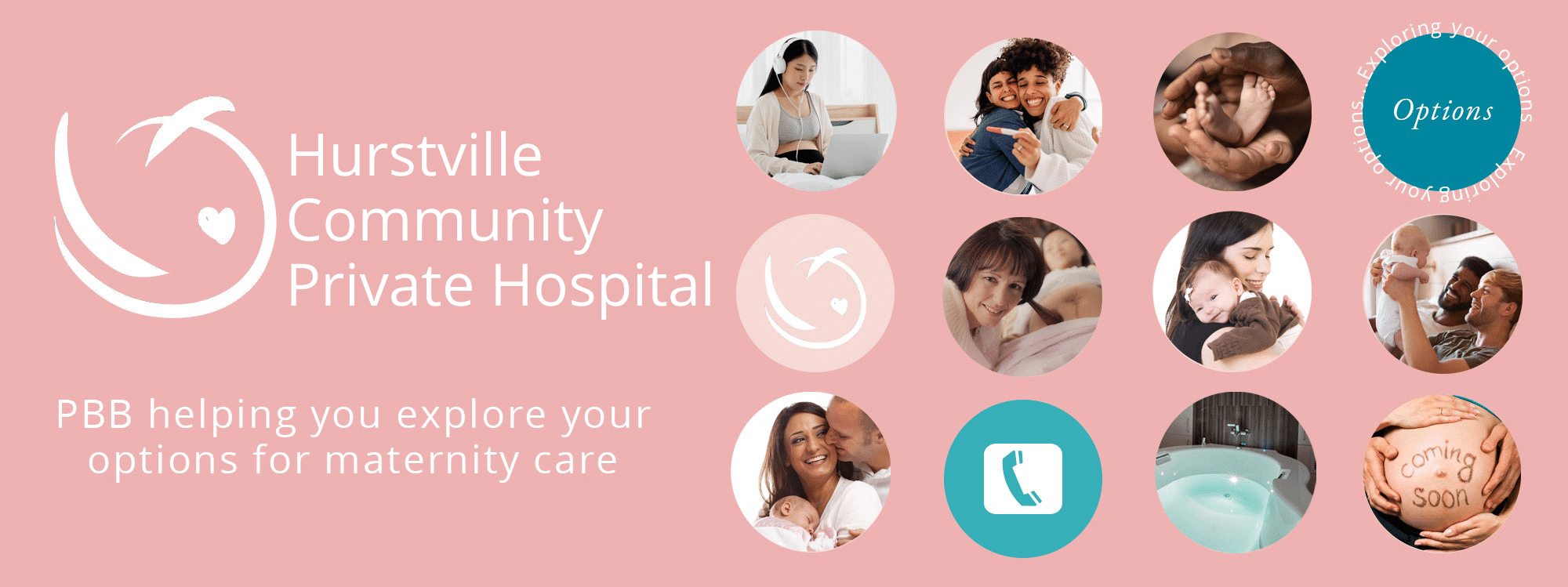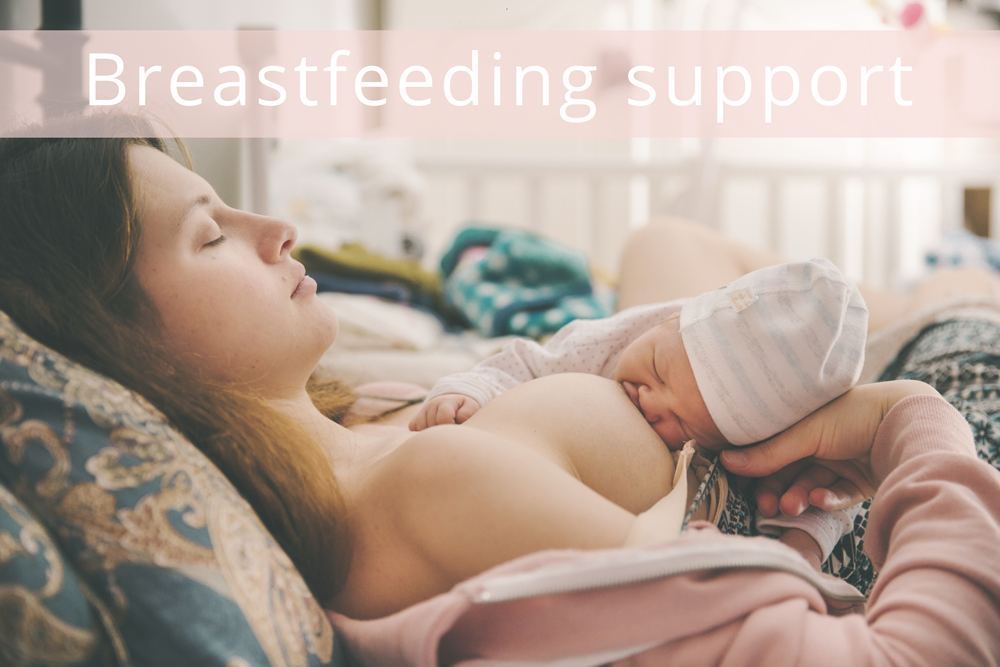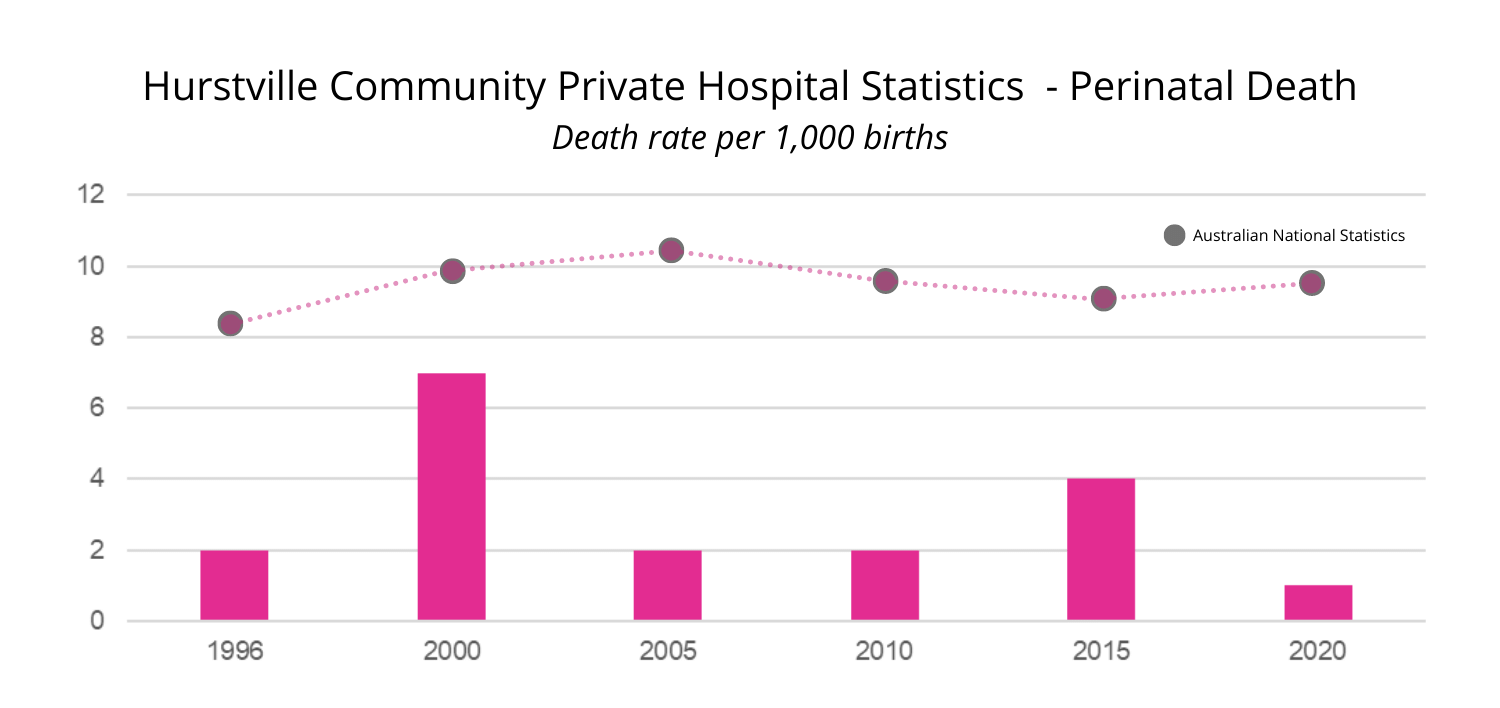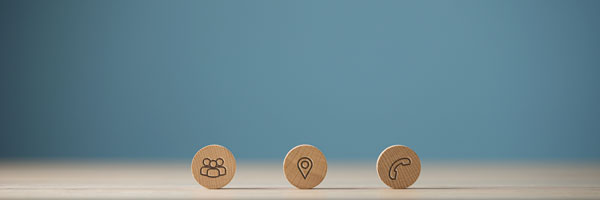
Hurstville Community Private Hospital is located at 37 Gloucester Rd, Hurstville NSW 2220. They have a delivery suite that caters to antenatal assessment right through your labour and the birth of your baby. The hospital’s postnatal and antenatal rooms were designed to induce warmth, calming and relaxing atmosphere. Each room is spacious and equipped with modern technology in healthcare. Babies who need special care have available 10 cots in their Special Care Nursery.
Hospital Address
37 Gloucester Rd, Hurstville NSW 2220
02 9579 7786
Hospital’s Map
Hurstville Community Private Hospital Services

Does Hurstville Community Private Hospital have visiting private midwives?
NO

Does Hurstville Community Private Hospital have visiting GP Obstetricians?
NO

Does Hurstville Community Private Hospital have visiting Obstetricians?
YES
Hospital Facilities
Antenatal Beds
Birthing Rooms
Postnatal Beds
Special Care Nursery Beds
Neonatal Intensive Care Beds
Are there birth pools available for labour and birth?
Birth centres are designed to be a home away from home. A birth centre is a separate unit located away from the standard birth unit. Birth centres encompass a philosophy that pregnancy and birth are normal, natural events in the life of a woman and her family.
Does Hurstville Community Private Hospital have a birth centre?
Birth Suite Tour Video
Coming soon
What support is available if I have difficulties breastfeeding my baby?

Baby-friendly accredited?
The hospital is not accredited under the global Baby Friendly Health Initiative program.
Hurstville Community Private Hospital Statistics

How a woman’s labour starts influences the chance of interventions in labour. If labour starts spontaneously, there is less likelihood of interventions. If a woman has an induction of labour there is an increased chance of further interventions. In the above graph, spontaneous labour refers to labour that starts on its own. Labour artificially sped up refers to labours starting spontaneously but are artificially sped up with medication or breaking the bag of water.
Unfortunately, national statistics do not separate spontaneous labour and labour artificially sped up. So the Australian national statistics combine these two together as spontaneous labour.
Induction of labour in PBB’s graph refers to one or more of the following interventions used to artificially start labour:
- Artificial rupture of membranes
- Balloon catheter to open the cervix
- Prostaglandins placed in the vagina
- Synthetic oxytocin drug to start or speed up labour
No labour is when a woman has an elective (non-emergency) caesarean before labour starts.

Since 1985, the World Health Organization (WHO) has recommended countries keep the caesarean birth rate between 10–15% to ensure mortality rates are kept low for mothers and babies (WHO’s last statement update was April 2015). Since 1995 the caesarean birth rate has increased every year across Australia. In 2020 the caesarean birth rate in the NSW maternity hospitals was more than double the WHO recommendation.
A small number of breech babies are born vaginally. Instrumental births include forceps birth and vacuum extraction. The caesarean birth rate includes both elective (planned) and emergency (unplanned) caesarean births.

Please note that even though there is a dramatic increase in interventions in labour and caesarean birth – there is no change in the perinatal death rate.
PBB attained the data in the statistics from the Australia’s Mothers and Babies by Australian Institute of Health and Welfare (AIHW) and NSW Mothers and Babies by the NSW Ministry of Health.
Photo Gallery
PBB has created this page to help you be informed about local maternity services. We’d love for you to send us photos of the hospital to include on this page. Send photos to our webmaster.
Date page published 28th February 2022



Leave A Comment